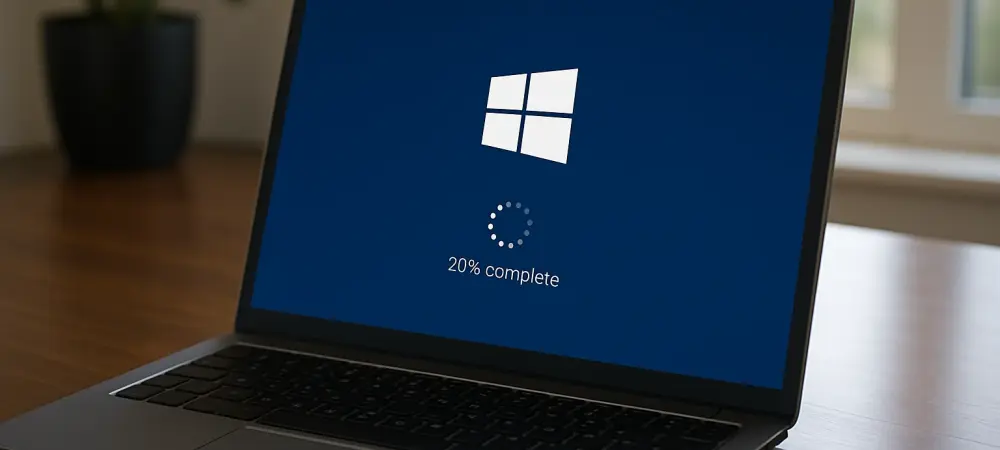What happens when a critical security measure becomes a source of technical confusion? In the world of cybersecurity, unexpected interruptions have become a pressing reality due to a recent Windows 10 update glitch. At the heart of this issue is an error affecting the emoji search feature—a seemingly trivial inconvenience that reveals more significant concerns about the reliability of essential updates.
The Crucial Role of Updates
Security updates are the backbone of protecting data and devices against the relentless wave of cyber threats. These patches serve as armored walls guarding against vulnerabilities that malicious actors might exploit. However, the fear of unintended consequences from updates is rapidly shaping user behavior. Many are caught in a dilemma, balancing the necessity of staying secure against the risk of potential system instability, a concern magnified with each new update release.
The Pattern of Disruption
The latest mishap with Windows 10 highlights a familiar pattern of update issues. Not long ago, Windows 11 users experienced disruptions due to a firewall error, and another Windows 10 update led to problematic startup loops. Each incident raises questions about the frequency and scope of these glitches. The cumulative effect is a growing apprehension among users regarding software updates—a concern that companies like Microsoft must address to retain user trust and ensure seamless computing experiences.
Diverse Perspectives
Opinions on the issue vary widely. Tech experts emphasize the delicate balance between maintaining robust security measures and ensuring system reliability. Many users express their frustration, recounting experiences of precautionary measures they now take with scheduled updates. Meanwhile, Microsoft has openly acknowledged the existing issues, promising timely fixes. However, for some, these assurances fall short, raising doubts about whether such resolutions are sufficient in a landscape fraught with security challenges.
Staying Prepared in the Update Dilemma
For users, navigating the complex world of updates requires a proactive approach. System stability can be maintained through strategic backups, careful error troubleshooting, and remaining informed about potential update issues. Engaging with user forums and official support channels can supply vital information and solutions, helping users make informed decisions about which updates to apply and when.
Moving Forward with Confidence
In conclusion, while the recent Windows 10 update glitch may have passed, it served as a stark reminder of the challenges inherent in maintaining technological security and efficiency. Users were called to adopt a more vigilant approach, exploring ways to safeguard their systems beyond simply installing patches. As companies like Microsoft strove to fortify their update protocols against potential hiccups, the dialogue between security and reliability became more crucial than ever, highlighting the need for continuous improvement and engagement in the digital age.

